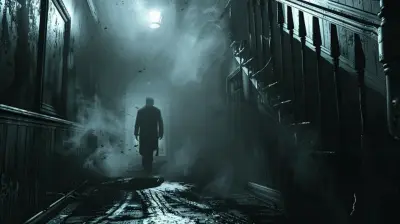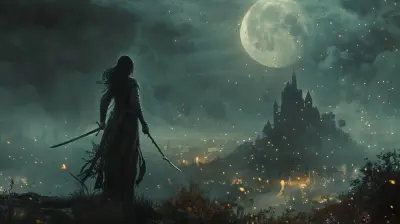How Cultural Representation in Games is Shaping New Audiences
31 July 2025
Video games have come a long way from pixelated plumbers and spaceships. Today, they're complex, emotionally rich experiences that can transport us to worlds inspired by myths, histories, and cultures both familiar and completely new. One of the biggest things making waves in the modern gaming world is cultural representation. From characters and languages to folklore and fashion—representation isn't just a buzzword anymore; it’s a real driving force behind who plays games, how they relate to them, and why they come back for more.
So, why does this matter so much? Let’s dive into how cultural representation in games is shaping new audiences and turning the gaming world into a more diverse, inclusive, and downright exciting place.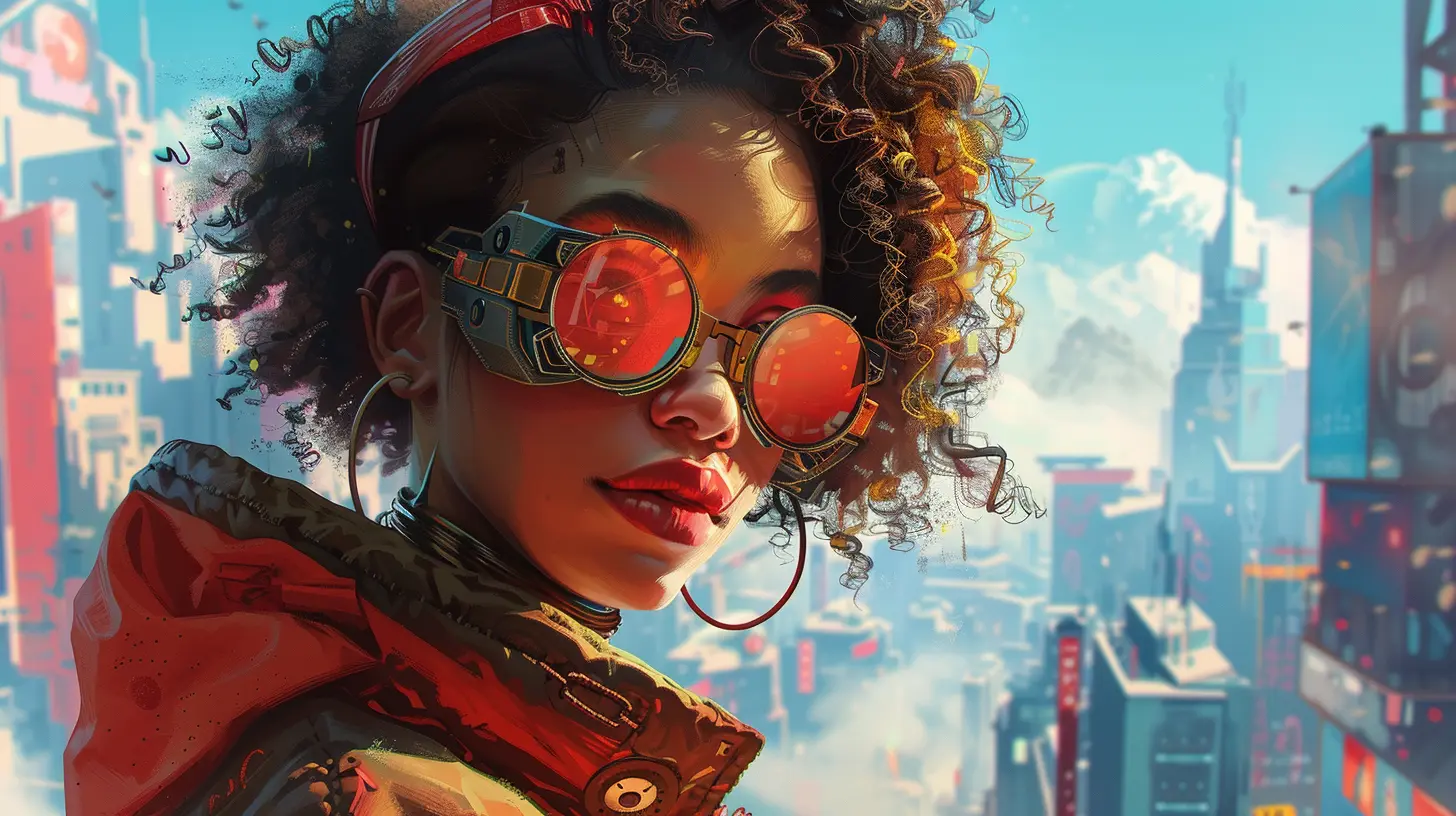
The Power of Seeing Yourself in the Game
Let’s keep it real—representation hits differently when it’s personal. Have you ever picked up a controller and seen someone on screen who looked like you, spoke your language, or shared your background? That kind of experience can be powerful. For far too long, mainstream games featured a narrow slice of humanity: mostly white, male, and Western.Now, times are changing. Developers are finally starting to grasp how important it is to reflect the diversity of the real world. When people see themselves in games, it creates an instant connection. It's like the game is reaching out and saying, "Hey, I see you." And that feeling? It's priceless.
More Players at the Table
With better representation comes broader engagement. When a game incorporates different cultures, it naturally attracts wider audiences—especially those who were historically ignored in gaming. Think about kids from Indigenous communities seeing their traditional stories brought to life in a game. Or people from Middle Eastern backgrounds hearing their native languages in a AAA title. Those moments matter. They turn casual players into passionate fans.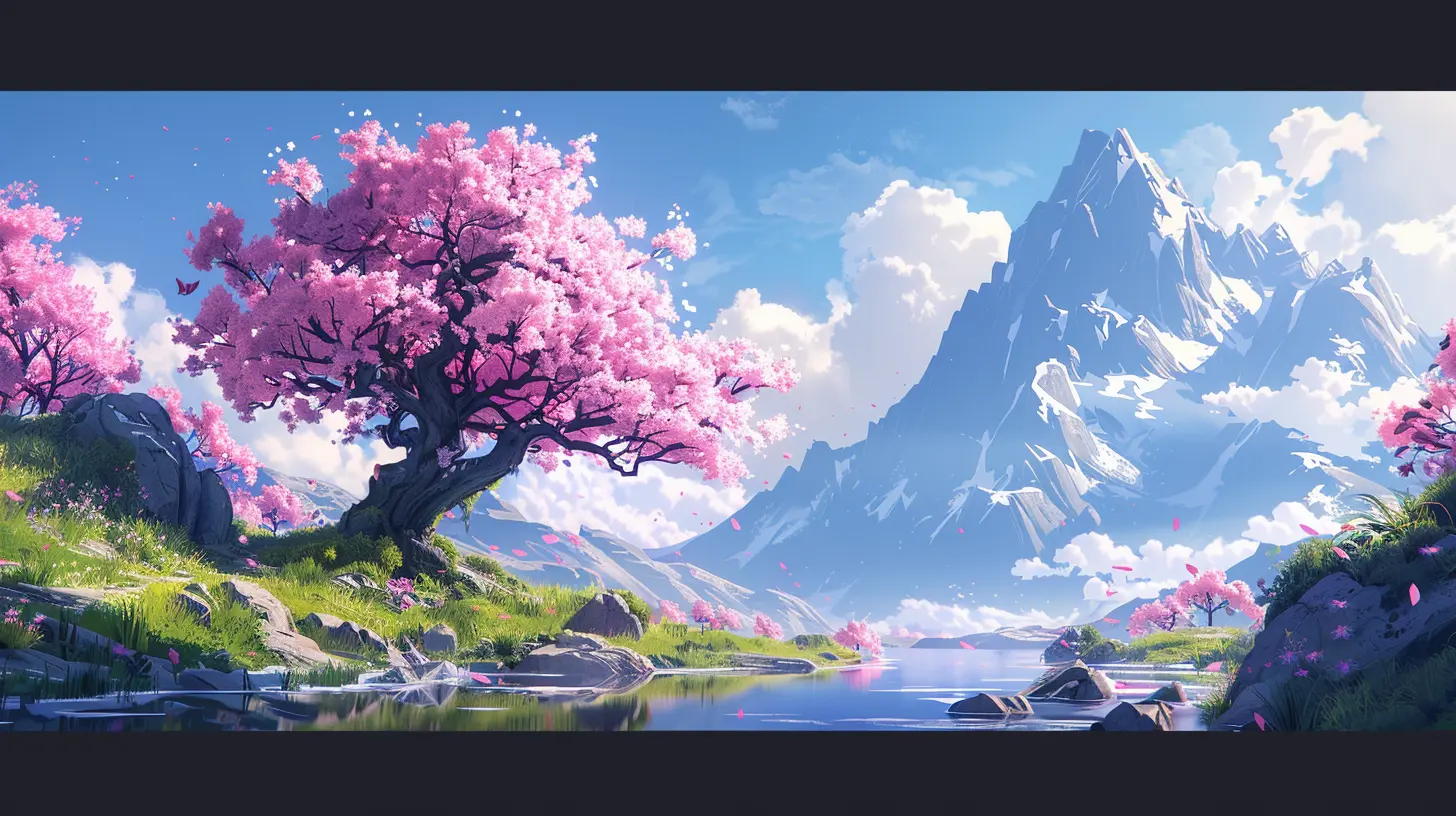
How Developers Are Getting It Right (And Sometimes Wrong)
Okay, here’s the deal. Not all representation is created equal. There’s a big difference between doing your homework and just throwing in a token character for diversity points.The Hits
Some developers are knocking it out of the park when it comes to cultural inclusion. Games like:- Ghost of Tsushima: A stunning love letter to samurai-era Japan, crafted with consultation from scholars and cultural experts.
- Assassin’s Creed Series: Has dabbled in Egypt, Greece, Native America, and now even feudal Japan with a deep dive into history and culture.
- Never Alone (Kisima Ingitchuna): Created in partnership with the Iñupiat, an Alaska Native people, this game shares Indigenous folklore in a heartfelt and respectful way.
These titles didn’t just slap a culture onto the game—they built the entire experience around it. That’s the gold standard.
The Misses
On the flip side, some devs miss the mark. Stereotypes, cultural appropriation, and shallow portrayals sadly still crop up. Remember, representation done wrong can be just as frustrating as no representation at all. It’s not about filling a diversity checklist—it’s about telling authentic, respectful stories that resonate.
Representation Is Not Just About Race and Ethnicity
Let’s zoom out for a second. Cultural representation isn’t only about race. It’s also about:- Religion
- LGBTQ+ identity
- Regional dialects and languages
- Disabilities
- Gender identity
Games like “The Last of Us Part II” feature LGBTQ+ characters with nuanced backstories. Titles like “Celeste” portray mental health struggles in an empowering way. These cases show that culture is complex and multifaceted—and players appreciate games that reflect that complexity.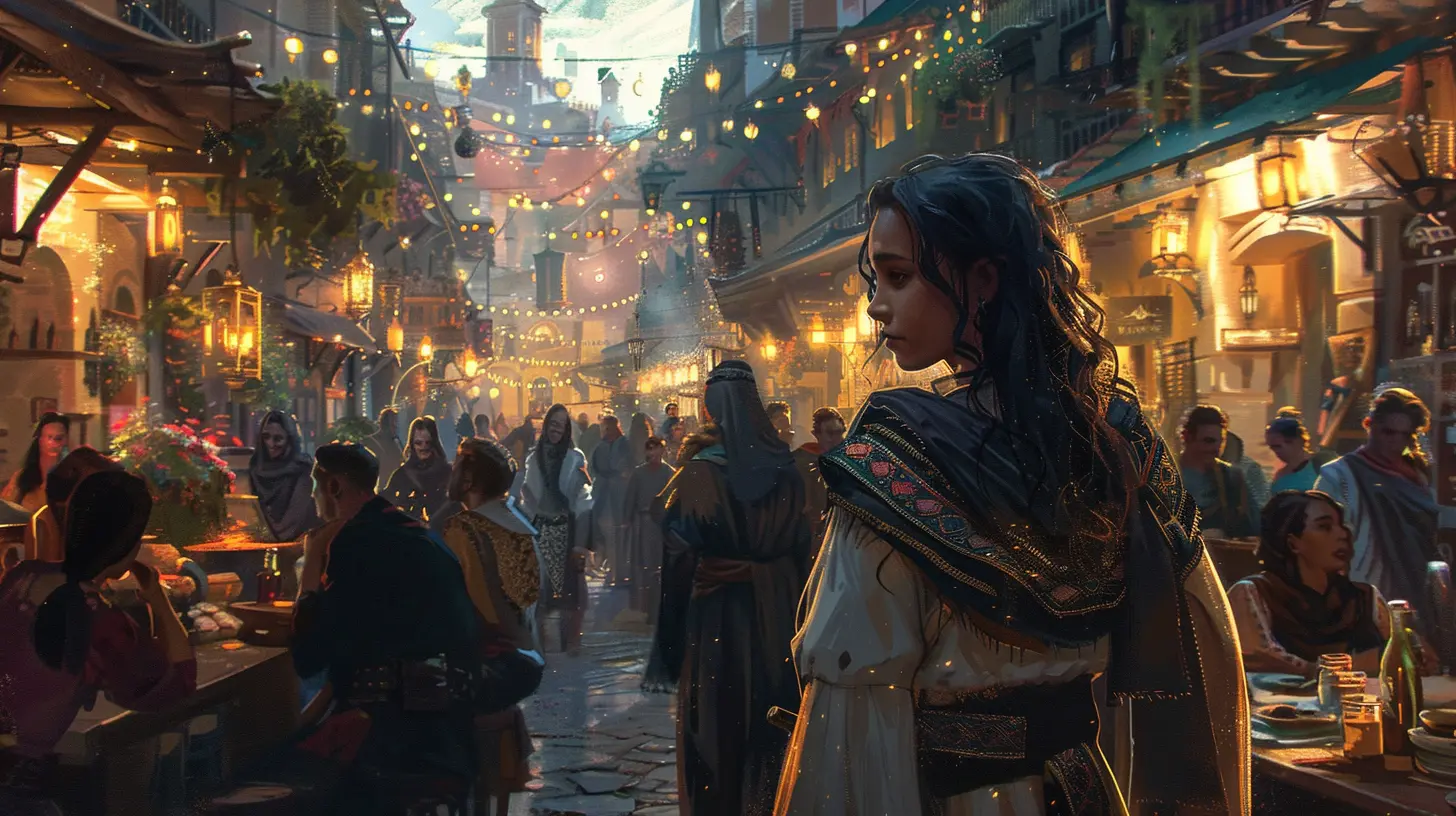
Indie Games Leading the Charge
One of the most exciting parts of this shift is how indie developers are often leading the way. Without massive publishers breathing down their necks, indie creators have more freedom to take risks and tell personal stories.Look at games like:
- Raji: An Ancient Epic – A beautiful action-adventure rooted in Indian mythology.
- Coffee Talk – An Indonesian-made visual novel that explores intercultural connections in a cozy café setting.
- Sable – A game inspired by North African landscapes and aesthetics, with stunning art and a unique vibe.
These smaller titles may not have blockbuster budgets, but they pack a powerful punch when it comes to representation.
Why It Matters More Today Than Ever Before
So why is cultural representation such a big deal now? Two words: global audience.The gaming market isn't just North America and Europe anymore. Asia, Latin America, Africa, and the Middle East are booming with gamers. If developers want to reach these audiences, they need to show they understand and respect them. That means creating content that feels relevant and personal—not generic.
Also, let’s not forget social media. Players today are more vocal than ever. If a game does representation well, the praise spreads like wildfire. If it doesn’t? Criticism will come fast and furious. Gamers hold power now, and they're using it to push for better inclusivity.
Economic Impact: Diversity Sells
Still not convinced? Well, here’s something that might get your attention: money talks.Games that represent diverse cultures often perform better globally. People are more likely to buy and support games that reflect their own lives and perspectives. Representation isn’t just the right thing to do—it’s also good business.
Games like “Genshin Impact” have tapped into various cultural aesthetics and made billions. Why? Because global players feel connected to the world built inside the game. It’s proof that when you respect people’s cultures, they’ll show up—and they’ll spend.
It’s About Stories, Not Just Skins
Here’s a trap some devs fall into: slapping cultural aesthetics on a character and calling it diverse. Newsflash: it’s not enough.You can’t just give a character an accent or a costume and say you’re inclusive. Real representation digs deeper. It’s about the stories you tell, the struggles your characters face, the values they carry, and the context of their world.
When culture is baked into the narrative and not just the cosmetics, players notice—and appreciate it. It moves them. It sticks with them long after the credits roll.
Community Influence is Huge
Let’s give a shout-out to the fans. Communities are playing a major role in pushing for better representation. Whether it's through social media, fan art, mods, or feedback, gamers are making their voices heard.Developers who listen to their communities are more likely to produce games that resonate. Games like “Overwatch” have expanded their lore and character rosters in response to fan demand for diversity. The lesson? Community isn’t just for marketing—it’s a resource for authenticity.
Looking to the Future: What Comes Next?
Alright, we’ve talked about where we are—now let’s talk about where we’re going.The future of gaming is looking more inclusive than ever. With increasing access to development tools, creators from all backgrounds are getting their stories out there. And big studios? They’re paying attention.
Expect to see:
- More games set outside traditional Western settings
- Deeper storytelling centered around underrepresented cultures
- Voice actors and writers who reflect the communities they’re portraying
- Cultural consultants being used more often (and that’s a good thing!)
The bottom line? The door is open, and players from every walk of life are walking through it.
Final Thoughts: Games as a Mirror (and a Window)
At the end of the day, games are both mirrors and windows. They can reflect who we are—and show us who others are. Cultural representation in games isn't just changing gameplay; it’s changing the player base, the industry, and the very purpose of games.And honestly? It’s about time.
So next time you pick up a controller and find yourself in a world that feels different but familiar, take a moment to appreciate the beauty of that diversity. Because that’s the magic of gaming—it brings us all together, one story at a time.
all images in this post were generated using AI tools
Category:
Gaming IndustryAuthor:

Emery Larsen
Discussion
rate this article
2 comments
Ulrich Ross
Looks like gaming just upgraded from 'Level 1: Token Character' to 'Level 99: Cultural Buffet!' Who knew pixels could pack such a punch? Here’s to more diverse avatars—because everyone deserves a chance to save the world, or at least trip over the same pixelated rock!
November 29, 2025 at 5:57 PM
Ramona Sweeney
Finally, games are as diverse as my sock drawer—still a mess, but much more colorful!
August 8, 2025 at 3:36 PM

Emery Larsen
Absolutely! Just like a diverse sock drawer, varied games bring richness and vibrancy to the gaming world, appealing to a broader audience.
